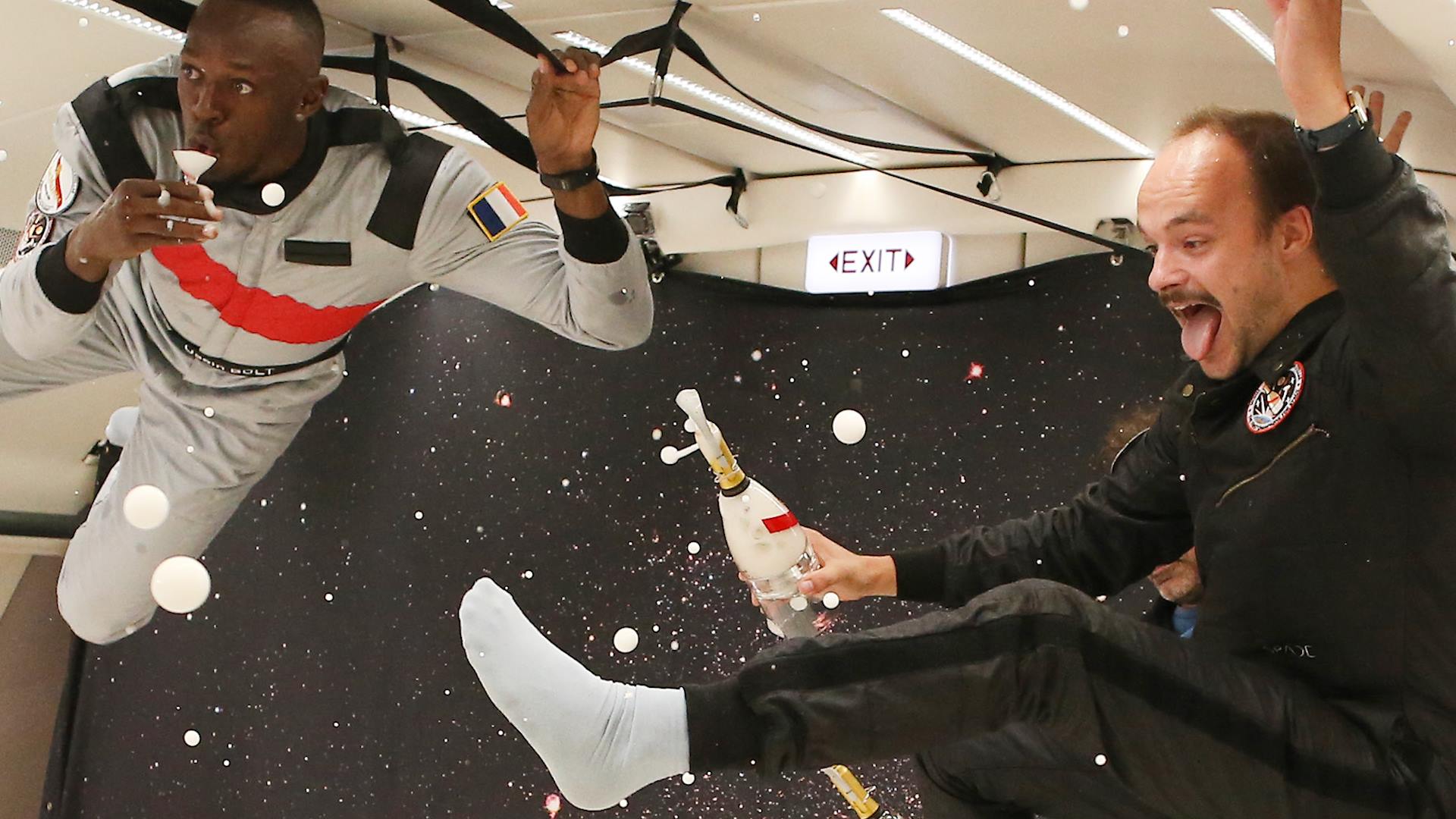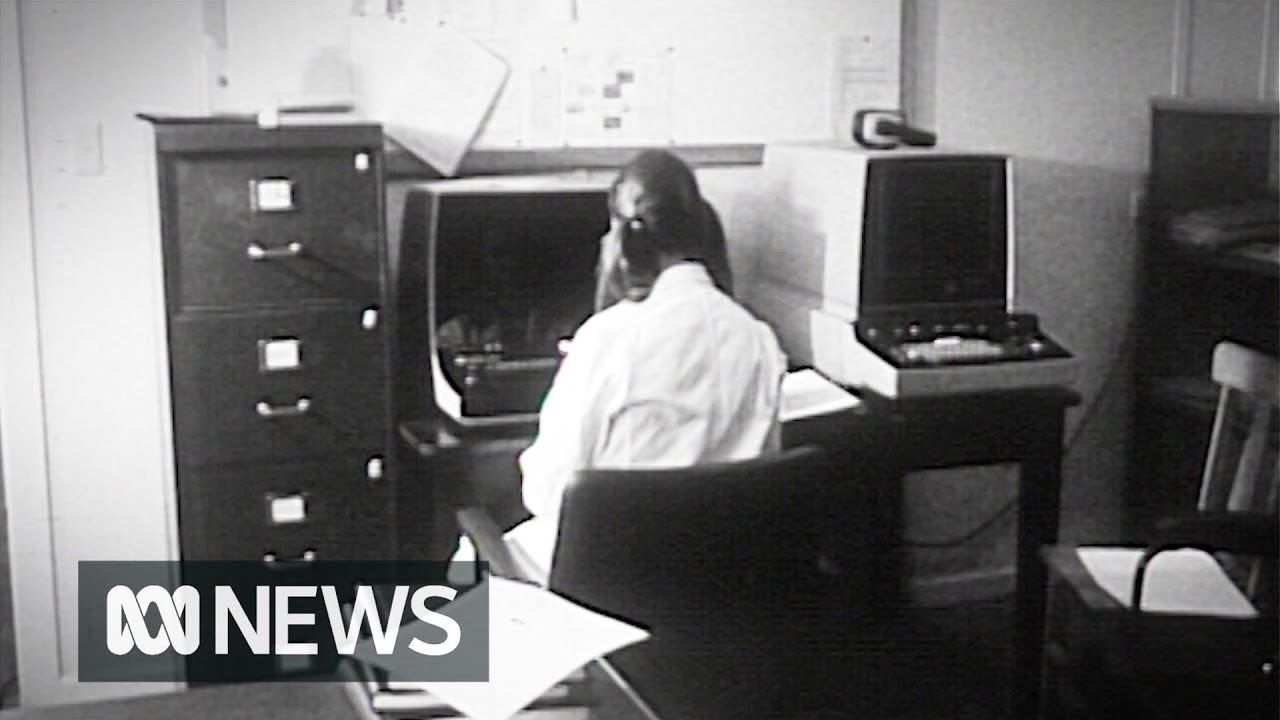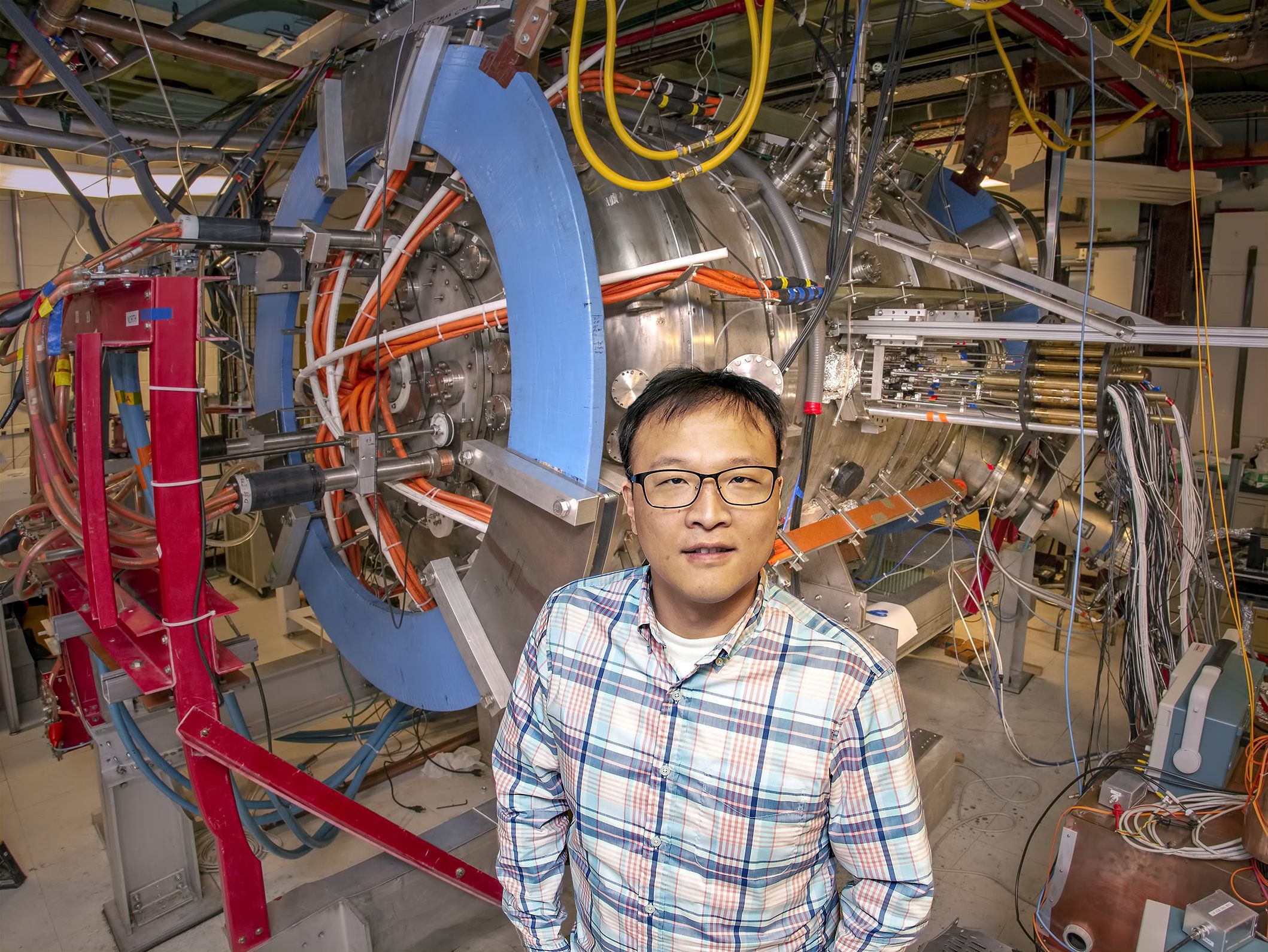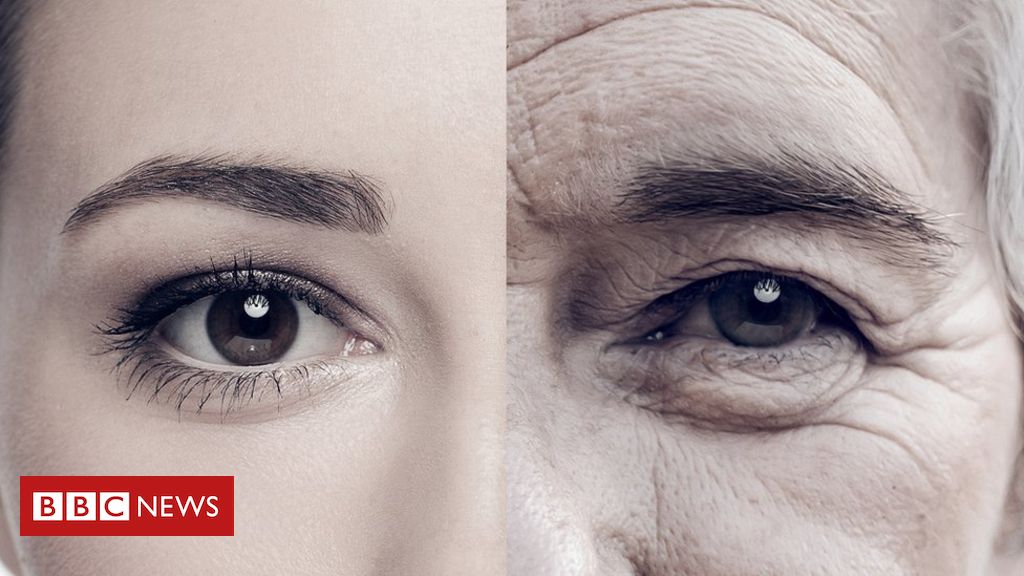Page 8539
Sep 25, 2018
3D bioPen: A hydrogel injection to regenerate cartilage
Posted by Nicholi Avery in categories: 3D printing, bioengineering, biotech/medical, neuroscience

Highly specialized cartilage is characteristically avascular and non-neural in composition with low cell numbers in an aliphatic environment. Despite its apparent simplicity, bioengineering regenerative hyaline cartilage in a form effective for implantation remains challenging in musculoskeletal tissue engineering. Existing surgical techniques including autologous chondrocyte implantation (ACI) and matrix-induced autologous chondrocyte implantation (MACI) are considered superior to self-repair induction techniques. However, both MACI and ACI are complex, multistage procedures that require a double operation; first for surgical excision of native cartilage, followed by expansion of adult chondrocytes in vitro prior to implantation by a second operation.
Regenerating robust articular hyaline-like cartilage is a key priority in musculoskeletal tissue engineering to prevent cost-intensive degenerative osteoarthritis that limits the quality of life in global healthcare. Integrating mesenchymal stem cells and 3D printing technologies has shown significant promise in bone tissue engineering– although the key challenge remains in transferring the bench-based technology to the operating room for real-time applications. To tackle this, a team of Australian orthopedic surgeons and bioengineers collaboratively proposed an in situ additive manufacturing technique for effective cartilage regeneration. The handheld engineered extrusion device known as the BioPen offers an advanced, co-axial extrusion strategy to deposit cells embedded in a hydrogel material within a surgical setting.
Continue reading “3D bioPen: A hydrogel injection to regenerate cartilage” »
Sep 25, 2018
NASA to develop projects to hunt for ‘technosignatures’ of alien life
Posted by Genevieve Klien in category: alien life
NASA is ramping up its search for life outside of our solar system.
The space agency is hosting a workshop in Houston this week to assess the state of current efforts to find ‘technosignatures’ coming from deep space and explore new areas.
These signatures are those that could be traced to an advanced civilization, reaching Earth as radio signals or other emissions caused by extraterrestrial activity.
Continue reading “NASA to develop projects to hunt for ‘technosignatures’ of alien life” »
Sep 25, 2018
Matter is Going Into this Black Hole at 30% the Speed of Light
Posted by Genevieve Klien in category: cosmology

How did early black holes grow so quickly? A new study sheds some light on that by observing matter entering a black hole at 30% of the speed of light.
Sep 25, 2018
No longer whistling in the dark: Scientists uncover source of perplexing waves
Posted by Genevieve Klien in categories: mobile phones, satellites
Magnetic reconnection, the snapping apart and violent reconnection of magnetic field lines in plasma—the state of matter composed of free electrons and atomic nuclei—occurs throughout the universe and can whip up space storms that disrupt cell phone service and knock out power grids. Now scientists at the U.S. Department of Energy’s (DOE) Princeton Plasma Physics Laboratory (PPPL) and other laboratories, using data from a NASA four-satellite mission that is studying reconnection, have developed a method for identifying the source of waves that help satellites determine their location in space.
Sep 25, 2018
Babies Show Signs of Altruism Earlier Than Scientists Ever Thought
Posted by Genevieve Klien in categories: futurism, neuroscience
Babies notice more than we think they do, and the things they notice can tell us a lot about the kind of people they’ll grow up to be. Previously, scientists determined that toddlers younger than two years old exhibit signs of altruism — selfless concern for the well-being of others — that in turn predicted what they’d be like in the future. Now, new research in the journal PLOS Biology suggests that these signs emerge even earlier than we thought. The way a baby acts before it even turns one year old can reliably predict whether it will display altruistic behavior by the time it’s 14 months old.
Research in this field is an attempt to understand whether it’s really in our nature to be altruistic, and why. Acting selflessly, after all, is not immediately beneficial, at least from a purely evolutionary standpoint. And yet even our non-human primate relatives will sacrifice themselves for their neighbors, leading to the understanding that the behavior is somehow conserved.
In the new paper, published Tuesday, a team of psychologists and cognitive scientists show that a 7-month-old baby that pays close attention to the face of someone who is afraid is more likely to display prosocial behavior by the time they’re 14 months old.
Continue reading “Babies Show Signs of Altruism Earlier Than Scientists Ever Thought” »
Sep 25, 2018
Space champagne defies gravity, delights tourists
Posted by Michael Lance in category: space

Popping champagne in outer space is now possible, thanks to a new kind of bottle created by Maison Mumm. The champagne company made the product specifically so that space tourists can share bubbly in zero gravity (astronauts aren’t allowed to drink liquor on the job—sorry, NASA).
Sep 25, 2018
Disruption Experience Nails It
Posted by Philip Raymond in categories: bitcoin, cryptocurrencies, economics, education, finance, innovation, internet, policy, robotics/AI
 The Disruption Experience this Friday in Singapore is a blockchain event with a difference. With apologies to the Buick commercial, this is not your grandfather’s conference…
The Disruption Experience this Friday in Singapore is a blockchain event with a difference. With apologies to the Buick commercial, this is not your grandfather’s conference…
I know a few things about blockchain conferences. I produced and hosted the first Bitcoin Event in New York. My organization develops cryptocurrency standards and practices. We help banks and governments create policy and services. And as public speaker for a standards organization, I have delivered keynote presentations at conferences and Expos in Dubai, Gujarat India, Montreal and Tampa, New York and Boston.

Sep 25, 2018
An Interview with Mike Bonkowski
Posted by Steve Hill in categories: biotech/medical, chemistry, genetics, life extension
Today, we have an interview with Dr. Michael Bonkowski, an expert on NAD+ biology and aging from the David Sinclair Lab, Harvard Medical School.
Michael Bonkowski aims to advance our understanding of the links between metabolism, aging, and age-associated diseases. He has published 35 peer-reviewed journal articles and has conducted multiple successful longevity studies. In Dr. David Sinclair’s lab, his research efforts are focused on the role of nutrient sensors’ regulation of endocrine signaling and aging in the mouse. He is also working on direct and indirect ways to drive the activity of these nutrient sensors by using dietary manipulations, small molecules, and chemical treatments.
Michael is trained as a pharmacologist, physiologist, and animal scientist. Some of his areas of expertise include animal physiology, genetics, glucose, and insulin homeostasis, metabolism, assay development, protein biochemistry, and transmission electron microscopy imaging.
Sep 25, 2018
UK life expectancy progress ‘has stopped’
Posted by Steve Nichols in category: futurism
Improvements have ground to a halt for the first time since records began, in 1982, ONS data shows.















